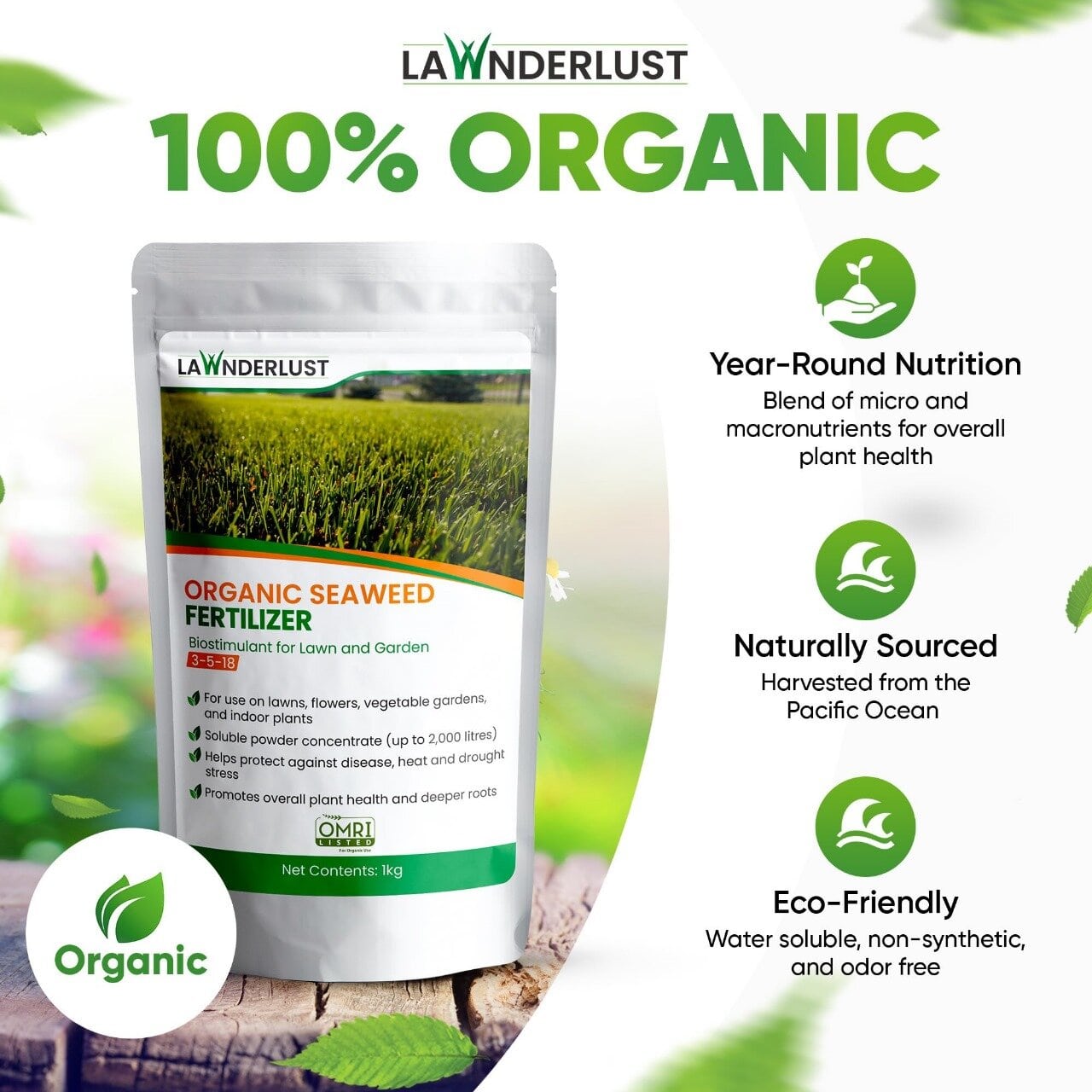Oxygen is an essential gas, critical for human life, industry, and various environmental processes. Understanding how oxygen is produced on a large scale gives insight into the engineering marvels that enable modern healthcare, manufacturing, and other sectors to thrive. This blog will explore the methods, technologies, and applications involved in the oxygen production process, shedding light on its relevance across multiple industries.
1. Why Oxygen Production Matters
Oxygen is indispensable across various sectors:
- Healthcare: Hospitals rely on medical-grade oxygen to treat patients with respiratory issues, aid in anesthesia, and support ventilators.
- Industrial Use: Oxygen is utilized in metal fabrication, cutting, and welding, as well as in chemical manufacturing.
- Environmental Applications: Oxygen is also important in water treatment facilities to purify water and treat wastewater.
The growing demand for oxygen underscores the need for efficient and sustainable production processes.
Request For Sample: https://www.procurementresource.com/production-cost-report-store/oxygen/request-sample
2. Methods of Oxygen Production
Oxygen can be produced in several ways, each suited to specific needs and scales of production:
a. Cryogenic Air Separation This is the most common industrial method for oxygen production, particularly when high purity and large quantities are required. The process involves cooling atmospheric air to extremely low temperatures, causing its components (oxygen, nitrogen, argon) to liquefy. The air is then separated through a series of distillation columns, isolating oxygen at a purity level of up to 99.5%. Although highly efficient, cryogenic air separation is energy-intensive and requires significant infrastructure.
b. Pressure Swing Adsorption (PSA) PSA technology is suitable for medium-scale oxygen production. It involves passing air through a zeolite sieve bed that adsorbs nitrogen while allowing oxygen to pass through. By cycling between high and low pressures, PSA units can produce oxygen at a 90-95% purity level. PSA is valued for its reliability, scalability, and lower energy consumption than cryogenic air separation.
c. Vacuum Swing Adsorption (VSA) Similar to PSA, the VSA process uses adsorbent materials but operates at lower pressures. This method can achieve around 90% oxygen purity. VSA units are known for their reduced energy requirements and adaptability to small-scale applications, making them a popular choice for hospitals and small industries.
d. Electrolysis of Water Primarily used in laboratories and for small-scale production, electrolysis splits water into hydrogen and oxygen by passing an electric current through it. This method is typically reserved for applications where high-purity oxygen is required, though it is not as energy-efficient for large-scale production.
e. Membrane Technology Membrane-based oxygen generation is another method gaining traction for small and medium-scale applications. In this process, compressed air is passed through a membrane that selectively permeates oxygen, producing oxygen with a purity of 30-40%. While not suitable for high-purity needs, this technology is efficient and offers on-site, on-demand oxygen production.
3. The Environmental Impact of Oxygen Production
With increasing awareness of sustainability, the oxygen production industry faces scrutiny over its energy consumption and carbon footprint. Many production facilities are adopting more energy-efficient technologies, investing in renewable energy sources, and implementing recycling measures to reduce waste.
For instance, cryogenic plants are optimizing their cooling systems, while PSA and VSA units are being designed with better adsorbent materials to reduce energy use. In some regions, renewable energy is being integrated into production facilities, making the process more eco-friendly and reducing dependence on fossil fuels.
4. Quality Control in Oxygen Production
Oxygen produced for different applications must meet varying quality standards:
- Medical-Grade Oxygen: Requires a purity level of at least 99.5%, with rigorous testing for contaminants to ensure patient safety.
- Industrial Oxygen: Typically ranges between 90-95% purity, depending on the application, with some flexibility in impurity tolerances.
- Aviation and Space Applications: Require high-purity oxygen with stringent quality control measures to prevent equipment corrosion and ensure the safety of personnel.
5. Future Trends in Oxygen Production
The industry is evolving rapidly, with technological advancements aimed at meeting growing demand efficiently and sustainably:
- On-Site Oxygen Generation: Industries, especially healthcare, are increasingly adopting on-site oxygen generators to minimize dependency on external suppliers and ensure a reliable supply chain.
- Automation and IoT Integration: Modern oxygen production plants are incorporating automation and IoT technologies to enhance monitoring, optimize energy usage, and maintain precise control over purity levels.
- Renewable Energy-Powered Production: With a strong push towards sustainability, companies are exploring ways to power oxygen production facilities using solar, wind, and other renewable energy sources.
6. Applications and Industries Utilizing Oxygen
Oxygen production supports a wide range of applications, from the medical field to environmental management:
- Healthcare: Hospitals, clinics, and emergency services use oxygen in patient care, operating rooms, and ambulances.
- Metal Manufacturing: Oxygen is essential for welding, cutting, and refining processes.
- Chemical Manufacturing: Used as a reactant in the production of various chemicals and pharmaceuticals.
- Aquaculture and Environmental Management: Oxygen is introduced into water bodies for fish farming and to treat wastewater by encouraging aerobic processes that help break down organic material.
The oxygen production process is a vital component of modern industry and healthcare. As technology advances, oxygen production is becoming more efficient, sustainable, and versatile, supporting a growing number of applications. As demand continues to rise, innovation will play a key role in ensuring that oxygen remains accessible, affordable, and environmentally friendly. The future of oxygen production holds promise, with cleaner energy sources and smarter technology driving the industry forward.
Contact Us:
Company Name: Procurement Resource
Contact Person: Endru Smith
Email: sales@procurementresource.com
Toll-Free Number: USA & Canada - Phone no: +1 307 363 1045 | UK - Phone no: +44 7537 132103 | Asia-Pacific (APAC) - Phone no: +91 1203185500
Address: 30 North Gould Street, Sheridan, WY 82801, USA



